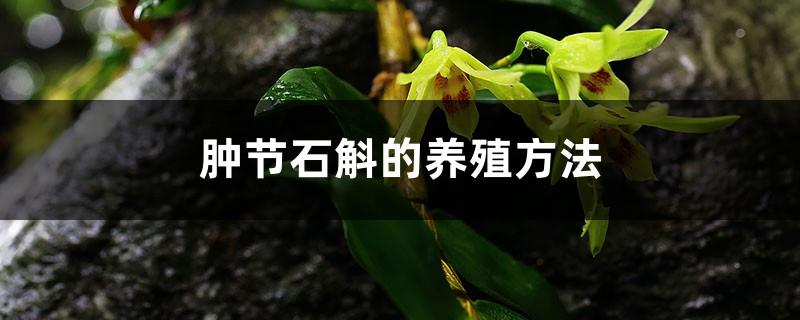How to grow Dendrobium spp.
Last Update :2024.12.11
Article Catalog
3. Problem diagnosis and treatment
The cultivation of Dendrobium spp. is more suitable between 20 and 28 degrees Celsius, and the overwintering temperature needs to be between 8 and 10 degrees Celsius. There should be no strong light in any season and a certain amount of astigmatism can be provided. Water spraying can be used to replenish water. During the dormant period in winter, water needs to be controlled at this time. Mainly use foliar fertilizer and spray once a week or ten days.

1. Maintenance methods
1. Maintenance methods
1. Temperature: between 20 and 28 degrees is more suitable. An environment that is too hot is not suitable for it, especially when it is in the seedling stage and is most sensitive to temperature. At this time, it must not be left in an environment that is too hot. In addition, its cold tolerance is not good, and the overwintering temperature needs to be between 8 and 10 degrees.

2. Light: It is a type that does not like sunlight very much. As a plant, wild Dendrobium spp. is generally found in moist and shady places. Therefore, there should be no strong light in any season, especially in summer when the sunshine is very strong. It can provide a certain amount of astigmatism, but the sunshine time does not need to be too long.

3. Watering: After planting, spraying can be used Replenish hydration with water. After that, you can add water as normal. When the growth is vigorous, water it once a day. In hot summer, you need to water it twice a day. It will be in a dormant period in winter, and water needs to be controlled at this time.

4. Fertilization: Generally speaking, various types of fertilization are used Foliar fertilizer, spray once a week or ten days. In addition, top dressing outside the roots also needs to be carried out at the same time.

2. Breeding skills
1 , Propagation: Cutting method can be used, which can be carried out together with the step of repotting. Choose fleshy stems as material and cut into several small sections. Each section should have at least two to three nodes. You can treat it with plant ash first and then plant it. Then place it in a semi-shady, humid place. After a month or two, new shoots will grow.

2. Pruning: For various varieties of Dendrobium , it is best for the canopy closure to be about 60%. Therefore, the regenerated parts need to be pruned frequently to avoid being too shaded. Generally speaking, it is more appropriate to do it in spring, and cut off all diseased and weak stems.

3. Problem diagnosis and treatment
1 Diseases: The common one is "black spot", which is the most harmful to young leaves and can be controlled with Bordeaux mixture. There is also "anthrax", which can be prevented and treated with carbendazim.

2. Pests: Two common pests are "non-Dendrobium" Shield scales" and "snails" may occur multiple times in a year. The former can be controlled with Dimethoate EC, while the latter can be controlled with quicklime.

IV. Other issues
1 , Toxicity: It is not poisonous.

2. Flower language: Dendrobium swollen joints also has a flower language. The flower language is "strong character", "loyal and amiable", which has a better meaning.

2. Breeding skills
3. Problem diagnosis and treatment
4. Other issues
- END -
What should you pay attention to when cultivating Clivia in the South?

There are more Clivia cultivators in the north, but there must be a lot of people ...
How to care for lily of the valley blooming in winter

If you want lily of the valley to bloom in winter, you need to put it in an enviro...